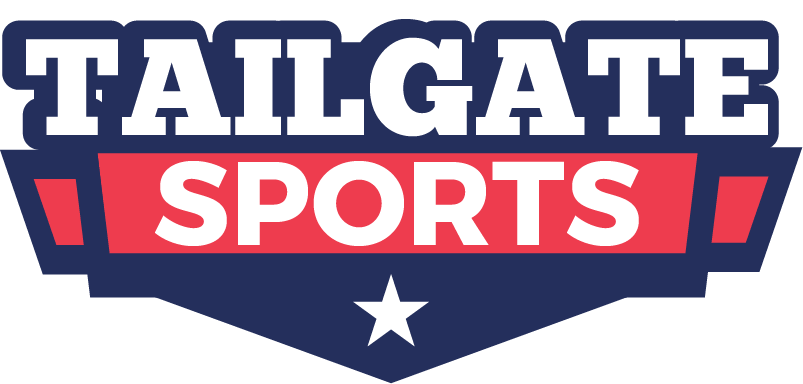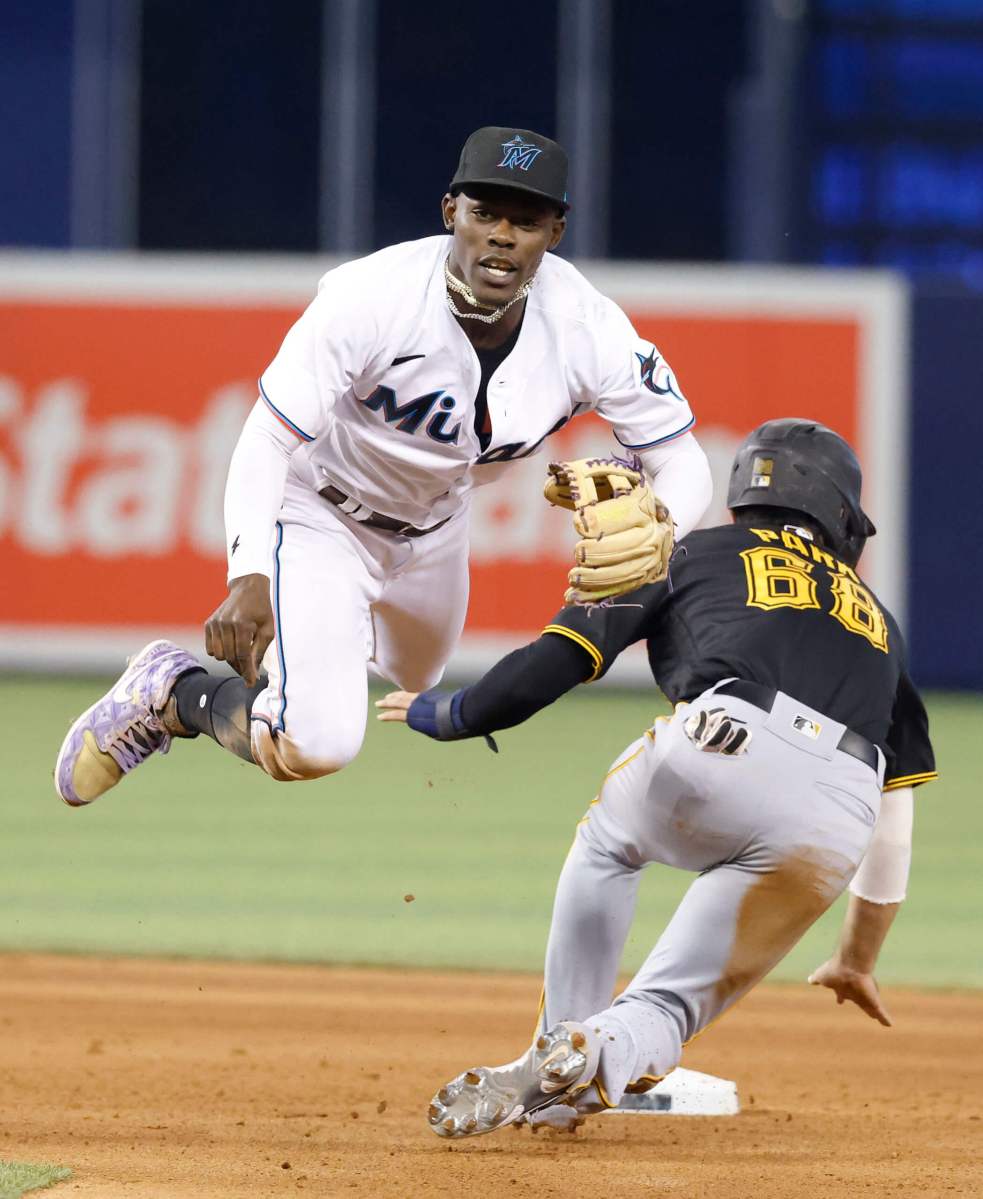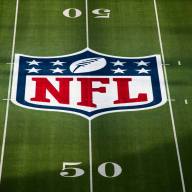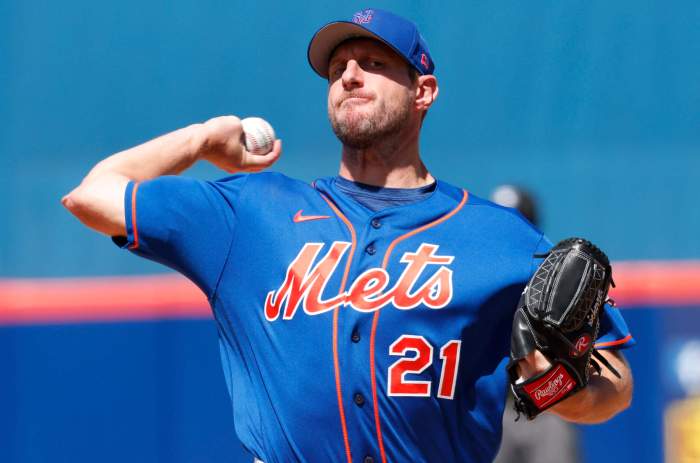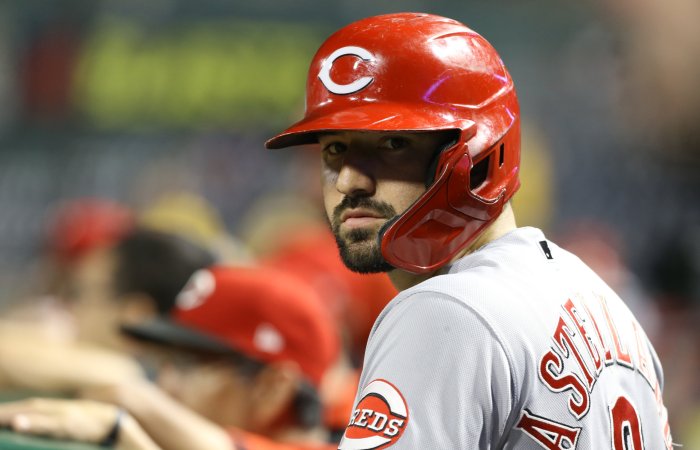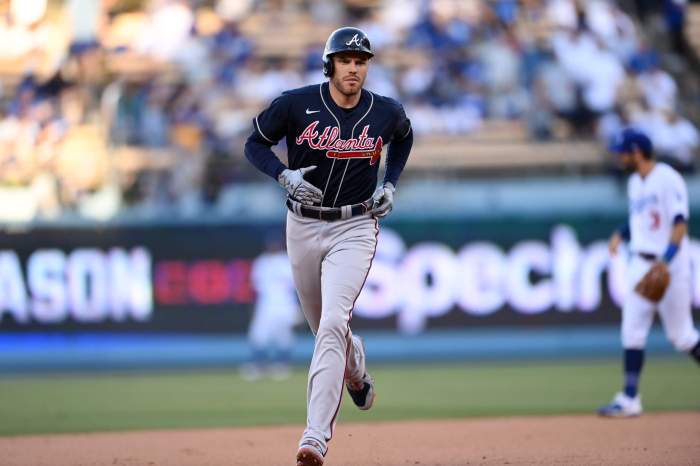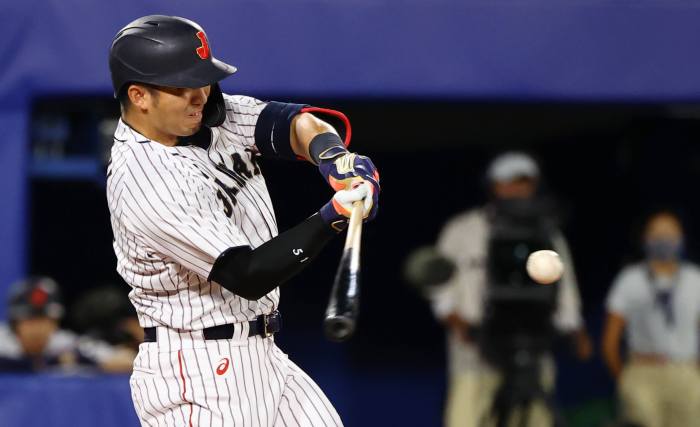Both Major League Baseball and the MLB Players’ Association hailed the agreement that ended the lockout in March as one giant step toward solving the consistent competitive problem in the league.
But did anything really change? Sure, the league instituted new competitive balance tax levels unofficially named for free-spending Mets owner Steve Cohen. But that didn’t stop the Oakland Athletics from gutting their roster anyway, sending pitchers Chris Bassitt to the Mets and Sean Manaea to the San Diego Padres.
That new agreement didn’t convince the Pittsburgh Pirates to spend any more money on the free-agent market or kill the rumors that they’re shopping budding star centerfielder Bryan Reynolds.
And that new agreement didn’t move the once-proud Baltimore Orioles franchise to spend a little money on pitching to support their young, powerful lineup — all but ensuring that the only thing they’ll compete for this season is to not lose more than 99 games.
Opening Day is a joke. Only 80% of the league (24 teams) has a solid chance of at least competing for a playoff spot. Four of the six teams with the lowest payrolls have total salaries that are less than the annual salary of new Mets ace Max Scherzer, who’s making $43 million this season.
If you’re a Mets, Yankees, or Dodgers fan, the only thing you’ve gotta worry about is performance and health; chances are, you’ll get at least a Wild Card spot because your owners care enough about winning to spend.
But if you root for the six teams at the bottom of the payroll barrel — the A’s, Pirates, Orioles, Kansas City Royals, Cleveland Guardians, and Miami Marlins — what exactly do you root for?
This is the time for innovation, something which MLB commissioner Rob Manfred seems obsessed over. His innovative ideas brought us the ghost runner for extra innings, seven-inning doubleheaders, and (starting in 2023) all 30 teams playing each other at least once.
But here’s something for the commissioner to consider that will guarantee that one of the six lowest payroll teams makes the playoffs every year and ensure that the other 24 franchises stay on their toes to compete for something.
Baseball fans, meet the Cheapskate League.
How a new MLB league works
Put the A’s, Pirates, Orioles, Royals, Guardians, and Marlins in their own division. Since they’ve got no desire to compete with 80% of the league, make them compete against each other.
Yes, each team can still play the other 24 competitive teams just once a year, three games apiece, for a total of 72 interleague games. But the other 90 games they play among their five fellow cheapies.
The 24 competitive teams, meanwhile, are realigned geographically. Put the Eastern teams in the National League and the Western teams in the American League. Only two division champions and two wild cards in each league will make the playoffs.
Here’s the catch. The wild card team with the worst overall record will play the Cheapskate League champion in a one-game playoff. The winner advances to the Division Series, depending upon which league the worst wild card team is from.
Being the Cheapskate League champion comes with one other award: a spot among the competitive teams the following year. In turn, the competitive team with the worst overall record and a below-average payroll is relegated to the Cheapskate League the following year and will need to fight their way back into contention.
Impacts on the game
The Cheapskate League will breathe new life into the season for six suffering fan bases stuck with bean-counting owners. It’ll boost attendance and drive in TV ratings as fans get the opportunity to see their teams vie for a division championship, a lottery-ticket playoff spot, and to be included in the big leagues again.
The owners of each team will have no choice but to make improvements, invest in payroll and make trades at the deadline to fight for the right to advance.
Even among the more competitive teams, the cellar-dwellers will be in a fight for their lives till the last out of the season, hoping to avoid the indignity of being relegated to the Cheapskate League the following year.
For more MLB news, visit TailgateSports.com
And make no mistake — the teams with the below-league average payroll will be the only ones in danger of relegation should they finish the year with the worst overall record. Ten teams currently would be in the red zone: the Chicago Cubs, Colorado Rockies, Milwaukee Brewers, Detroit Tigers, Washington Nationals, Minnesota Twins, Cincinnati Reds, Seattle Mariners, Tampa Bay Rays, and Arizona Diamondbacks.
Sure, many of these teams have had a recent history of failure and had no choice but to rebuild, and that’s fine. But being eligible for relegation might make these 10 franchises think twice about completely unloading their rosters and sealing up their vaults.
Finally, the Cheapskate League will provide an opportunity to honor more of baseball’s legacy.
Its official name could be the Federal League, recognizing the old association of ball clubs filled with players that rebelled against the big league’s reserve clause; or the Continental League, founded when MLB initially refused to expand in the late 1950s but ultimately disbanded after the owners finally agreed to change and provide more opportunities for growth.
Commissioner Manfred, feel free to steal this idea, and send me a finders fee! Season tickets to Citi Field for life, or best offer.
Robert Pozarycki, a long-suffering Mets fan, is the editor-in-chief of amNewYork Metro, an affiliate of Tailgate Sports.
